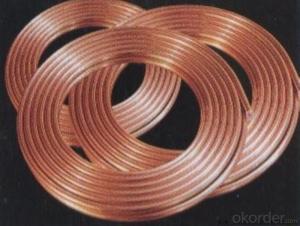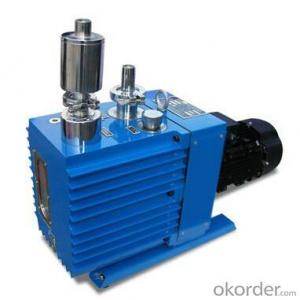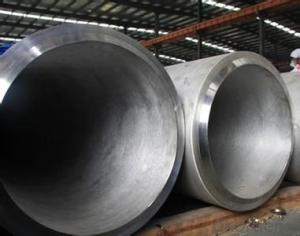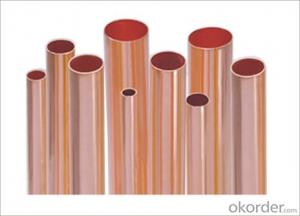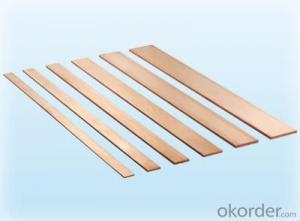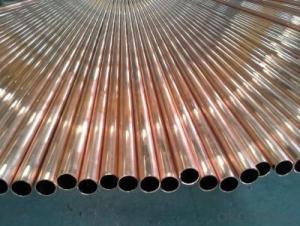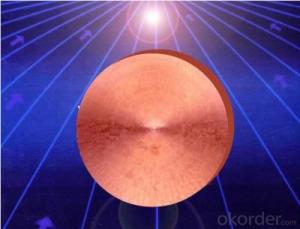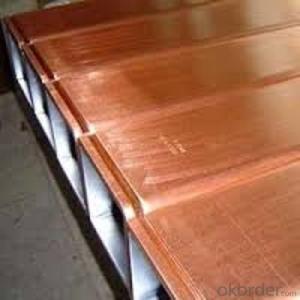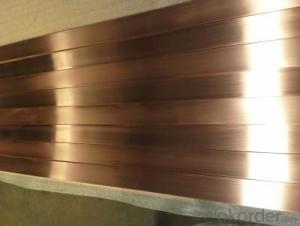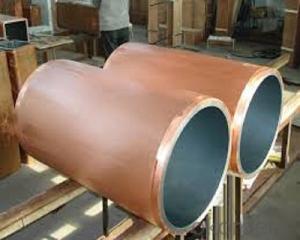Stainless Steel Refrigeration
Stainless Steel Refrigeration Related Searches
Best Paint For Stainless Steel Blanket Insulation For Steel Buildings Primer For Galvanized Steel Foam Filter For Stainless Steel H S Code For Stainless Steel Surface Grinding Wheels For Stainless Steel Surface Grinding Wheels For Hardened Steel Hole Saw For Stainless Steel Paint For Stainless Steel Stainless Steel For BbqHot Searches
Steel Mesh Panels For Sale Price For Stainless Steel Scrap Scrap Price For Stainless Steel Price For Stainless Steel Stainless Steel Tank For Sale Stainless Steel Sheets For Sale Cheap High Tea Sets For Sale Stainless Steel Tanks For Sale Stainless Steel For Sale High Density Fiberboard For Sale Solar Hot Water Collectors For Sale Scaffolding For Sale In Uae Scaffolding For Sale In Ireland Scaffolding For Sale In Houston Type Of Inverter For Solar Price Of Shipping Containers For Sale Types Of Inverter For Solar Stock Price For Aluminum Used Solar Inverter For Sale Steel Mesh Panels For SaleStainless Steel Refrigeration Supplier & Manufacturer from China
Okorder.com is a professional Stainless Steel Refrigeration supplier & manufacturer, offers integrated one-stop services including real-time quoting and online cargo tracking. We are funded by CNBM Group, a Fortune 500 enterprise and the largest Stainless Steel Refrigeration firm in China.Hot Products
FAQ
- For reaction D, during a lab, we had to use tongs, hold a 5c m piece of copper wire in a burner flame. The question is: In reaction D, what did copper combine with? How do you know? please help me :) thank you
- Copper reacted with Oxygen I know this because if ask yourself what is fire? fire is the oxidation of a substance lol The reaction is Copper+ Oxygen------>Copper Oxide
- How many atoms of phosphorus are in 5.00 mol of copper(II) phosphate?
- copper II phosphate is Cu3(PO4)2 Each mole of copper II phos. contains 2 moles of phos. atoms so 5 x 2 = 10 moles of phos. atoms 10 x 6.022 x10^23 = 6.022 x10^24 atoms of phos.
- My laundry room has a faucet but I just removed it and want to cap both the hot and cold lines. I capped the hot one with a compression fitting but the cold one sprays water out of the rubber on top of the fitting. im using 1/2 inch cappers. any help?
- Not sure what you're dealing with on the cold line, as neither a compression fitting nor a threaded pipe thread cap has a rubber part. Why didn't you use the same approach as you did with the hot line? What's different? Meanwhile, per the other posters' suggestions, the preferred pro approach is a simple soldered cap on the end of a plain copper pipe. .
- im doing a report on the element copper and a section needs to be "a list of atoms copper can combine with (for example, hydrogen and oxygen combine to form water)". i cant seem to find this anywhere. i also need 5 everyday things that copper is used for. any help is greatly appreciated ! (: thankyou !
- Copper forms compounds with Cl, Br, F, and with compounds that behave like halides, such as CN. It also forms compounds with O and S (including compounds with S that also contain Fe). Cu(I) -not Cu(II) forms compounds with C. Cu also can bond with H, as a hydride. Cu(II) can react with NO3-. Copper also is found in some silicate minerals. It forms alloys with Zn (brass) and Sn (bronze) Because of its properties as an electrical conductor, copper is used extensively as an electrical conductor - classical electrical wiring, old phone lines, electrical switches. It is a very good conductor of heat, so many pots and pans have copper cladding. Copper resists many kind of common corrosion, so it is used in corrosion-resistant piping, including lots of in-home plumbing (less so today with plastics). Many insects and algae are highly sensitive to Cu,so it is used in insecticides and related compounds. As stated above, it is an essential component of both bronze and brass. Mark L. Edit: Something I don't get on the Geology board is people who just vote thumbs-down without any offer of alternative information or comment on errors. Very puzzling. I'd be very pleased to learn what is incorrect in the answer above, as - for better or worse - I understand it all to be correct. Thanks in advance. ML
- I’m working on ‘solar oven’ that uses a large Fresnel lens as the power plant for heat. The idea is to have a cooking chamber and a heating box on the outside. The Fresnel lens will generate about 1400 F with a .3 inch spot beam. The beam will be focused on a bundle of 6, ? inch copper gas lines. The lines go into the cooking chamber in simi-circles of 1 foot in length each . I’m wondering what the heat transfer and estimated heat output of the inner copper lines would be. Not sure how to figure this and have no clue how to work the formulas I did find – Thanks for any halp.The cooking chamber will be brick / concrete about 9 inches thick with an internal cooking space of 8in x 8in x 11in.
- copper melts at 1981 F. The heat transfer rate is 215 BTU/F foot hour. What this means is that 215 British Thermal Units if heat will be transferred one foot in length in one hour per degree difference in temperature for each square foot of area of copper. Okay, now find the crossection area of the 6 copper lines in square feet. Then find the length that the heat has to flow. Temperature difference to start is 1400-70. Go for one hour. YOu end up with a ratio of area/ 1 ft2 times 215 times length of heat flow in feet times 1330. The only thing left to do is to decide if the temperature difference is correct due to the spot of beam width being small. Here are some other values you might find helpful. Water takes about 1000 BTU/lb to boil at 212 F. Wood burns at about 350F. Zinc has a specific heat of 0.107 BTU/lb F and melts at 786 F. Hope this helps
- What is the %Cu in the copper compound?What is the formula weight of the compound assuming only one copper per formula weight?What is the identity of the copper salt?
- not enough info is given to do any thing other than guess the identity since this actually came out with a molar mass of 249.5 grams... CuSO4·5H2O has a molar mass of 249.7 and since none of the other commonly used copper salt come close...
- I have been on the Depo shot for the last 3 years, and just last Friday May 25, 2012, I received the copper IUD. They told me it would be awhile before I got my period but some bleeding is to be expected. Just yesterday at work I started Gushing blood(two tampons in this time frame) when I was moving furniture, I had to go home and change it was so bad, it only lasted 3 hours. Then today I started gushing again its been 4 hours now and has stopped, I did not lift anything when this happened. I have had sex and no blood or bleeding after wards just out of the blue. Some mild cramping but nothing serious especially like when I had a period. Other than this I have had no problems. Plus has anyone had experience going from DEPO to the COPPER IUD????
- Sounds dangerous to me. The copper IUD is not safe. It IS a hunk of copper inside your uterus after all. I would have it removed.
- If possible be specific such as copper used in medicine/diet in the medical field and such.
- Uses of Copper Copper is used to pipe water supplies. The metal is also used in refrigerators and air conditioning systems. Computer heat sinks are made out of copper as copper is able to absorb a high amount of heat. Magnetrons, found in microwave ovens, contain copper. Vacuum tubes and cathode ray tubes both use copper. Some copper is added to fungicides and nutritional supplements. As a good conductor of electricity, copper is used in Copper wire, electromagnets and electrical relays and switches. Copper is a great water-proof roofing material. It has been used for this purpose since ancient times. Some structures, such as the Statue of Liberty, are made with copper. Copper is sometimes combined with nickel to make a corrosion resistant material that is used in shipbuilding. Copper is used in lightning rods. These attract lightning and cause the electrical current to be dispersed rather than striking, and possibly destroying, a more important structure. Copper(II) sulfate is used to kill mildew. Copper is often used to color glass. It is also one component of ceramic glaze. Many musical instruments, particularly brass instruments, are made out of copper.


















